Main Differences Between Freshwater vs. Saltwater Pearls

Are you considering adding pearl jewelry to your wardrobe but don't know the difference between freshwater and saltwater pearls? You're not alone! Many people are surprised by how different these two types of pearls can be. From their unique shapes to the variety of colors they offer, each has something special that makes it distinct.
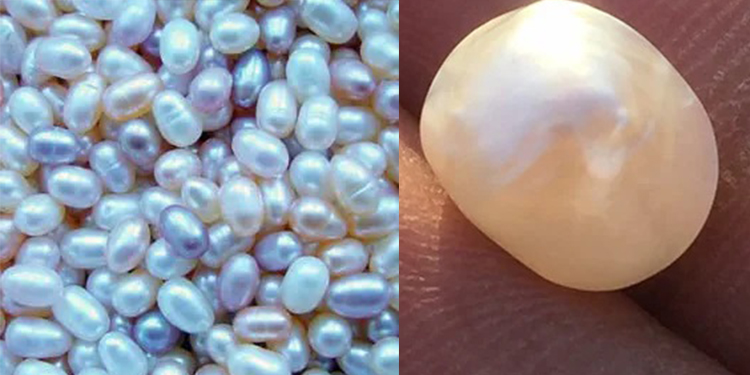
We'll explore the key differences between freshwater and saltwater pearls so that you can decide when selecting which type is right for you. Read on to learn more about these beautiful gems.
Differences between freshwater vs. saltwater pearls

There are some distinct differences when it comes to freshwater vs. saltwater pearls. From the luster and shape of the pearl to its source and location, even down to the types - each type of pearl has unique characteristics that make them stand out from one another.
Luster
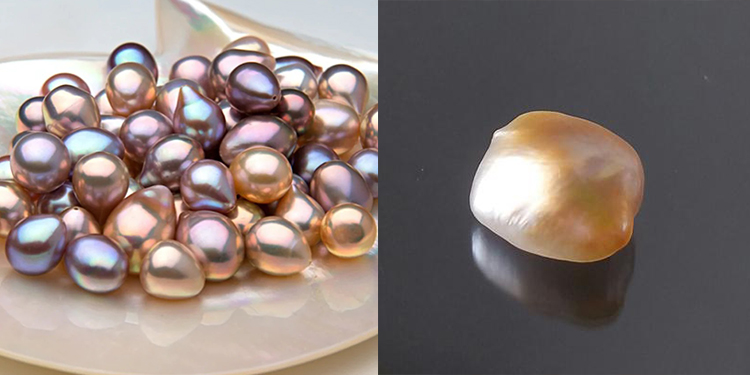
The most significant difference between fresh and saltwater pearls is in the luster. Freshwater pearls have more of an "Oriental" luster, producing a vibrant shimmering sheen. This is akin to that seen in traditional jewelry pieces. Their soft luster is more subdued.
Saltwater pearls possess a high level of luster depending on their age and quality grade at harvest time. These pearls are more long-lasting and yield high-quality jewelry.
Shape
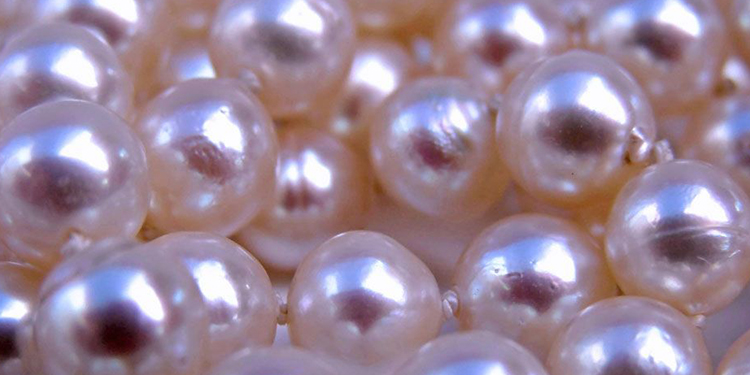
You can usually tell immediately if you're looking at a freshwater or saltwater pearl just by its shape. Saltwater pearls tend to be much more drop, baroque, and ovals due to their reliance on oysters for production.
On the other hand, freshwater pearls are typically rounder or near-round in shape since they come from mussels instead.
Price

The cost of these two types of pearls can vary widely as well. Generally speaking, though, saltwater pearls will be much more expensive than their freshwater counterparts because they need special equipment for harvesting and require higher levels of expertise for cultivation. This makes them rarer and contributes significantly towards higher prices when found at retail stores, online, or otherwise.
Source

Pearl sourcing is also quite different among these two varieties. Saltwater Pearls come exclusively from sea oysters grown off coastlines all around the globe – most famously those found in Japan's Mikimoto program, which leads the way in producing top-quality specimens worthy of luxurious jewelry creations worldwide. Australia and China are also good producers of saltwater pearls.
On the other hand, freshwater pearls are cultivated solely through mussels located throughout rivers & lakes within North America primarily, and China & Japan both contribute too. This makes obtaining freshwater specimens easier since no special oceanography equipment is needed, nor is long-distance travel required like its counterpart - making them cheaper too.
Location
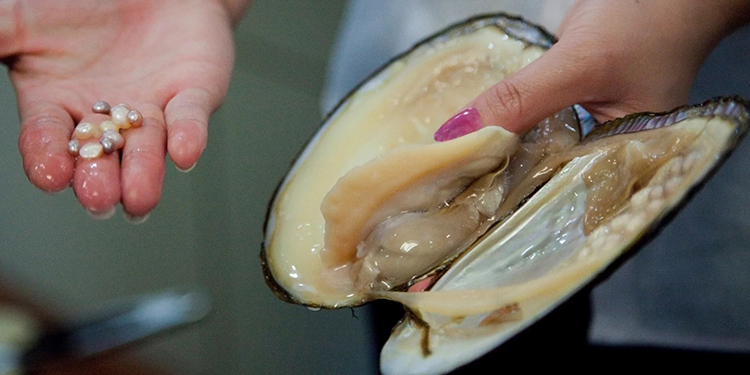
Another significant distinction between these two types lies in their environmental location. Freshwater pearls are located in fast-flow rivers and creeks that are clean. Saltwater pearls in the deep sea may be cultivated in shallow parts of the saltwater in pearl farms.
Types

There are slight variations in colors, varying shades of blue, pink, white, and purple. This mostly depends upon the species choice harvesting technique an individual chooses. Some types of freshwater pearls are coin freshwater pearls, baroque freshwater pearls, semi-round oval freshwater pearls, and freshwater pearls.
There are three saltwater pearls: Akoya, South Sea, and Tahitian. Akoya pearls (most common) come from Akoya oysters, and South Sea pearls (largest) are derived from South Sea oysters. Tahitian, the rarest pearls, come from black-lipped oysters in French Polynesia.
Freshwater Pearls 101:

Here's all you need to know about freshwater pearls.
Origin
Freshwater pearls are produced by different species of mollusks, including mussels and clams. They form in layers around a nucleus which could be a piece of shell or bead and are inserted into the living creature by a skilled technician.
Typical Shapes
The most common shapes for freshwater pearls are baroque, round and off-round, although other shapes, such as potato and oval, can also occur.
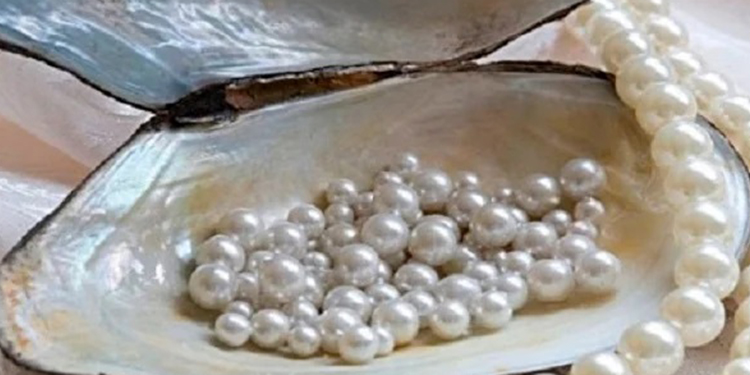
Color
A wide range of colors can be found in freshwater pearl production ranging from white/silver to gold/yellow tones. They may also have pink/peach hues, greyish shades, and blues, with some rare varieties displaying lavender or green colors.
Considerations
Freshwater pearls are ideal if you're looking for less expensive jewelry daily. You may want to ensure that the pearls you're buying are genuine—not imitation or artificial. Fortunately, this isn't too difficult; real freshwater pearls have unique characteristics and features that can help determine their authenticity.
Look out for telltale signs like good luster—the amount of light reflecting off the surface of the pearl—and thick nacre (the stuff on which the pearl develops). You should also see visible ridges around each pearl if cultured in freshwater. Freshwater pearls should have an inner glow when held against your skin or other light sources.
Pros
- They are more affordable than saltwater pearls.
- It's easier to set them in various types of jewelry due to the different pearl shapes.
- They come in diverse colors.
- These can be worn daily.
Cons
- They come in different shapes; hence, jewelry won't get a classic uniform look.
- These are not as durable and can't be worn in the shower.
Saltwater Pearls 101:
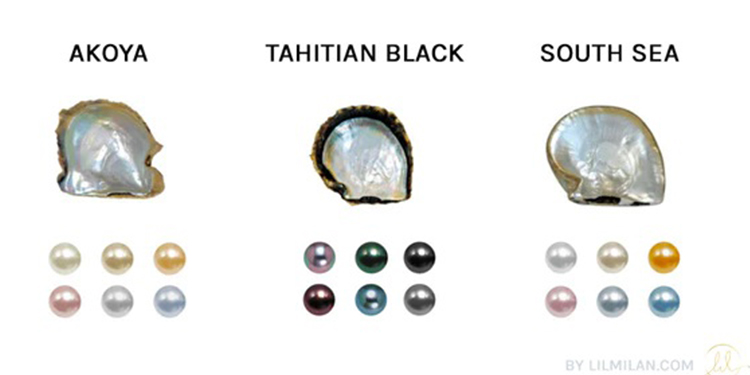
Here's everything about saltwater pearls.
Origin
Saltwater pearls are formed when small objects called irritants enter an oyster's shell, and a layer of nacre accumulates over this irritation. Over time, this nacre forms into distinct shapes within the oyster.
Shape
Typical shapes you may encounter while shopping for saltwater pearls include circular spheres, potato shapes, or beads with an irregular shape known as Keshi.
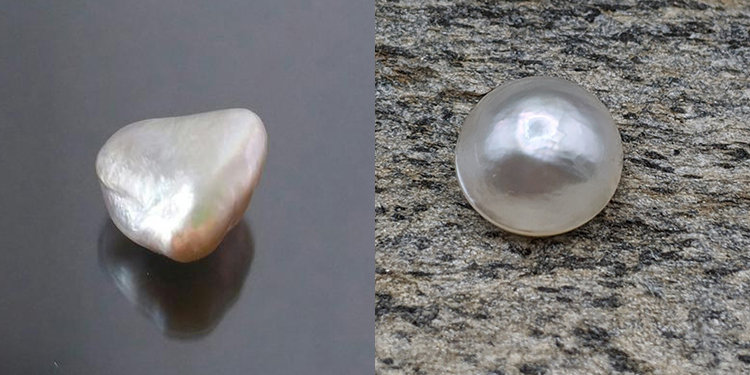
Color
Saltwater pearls are primarily black, white, and golden. However, much variation can also be found within these three tones thanks to overtones and undertones that capture different hues.
Types
The two types of saltwater pearls are cultured and natural. Cultured saltwater pearls come in more colors in comparison to natural ones. Saltwater pearls are more durable; however, more expensive. These pearls are extracted from oysters that live in saltwater environments like the ocean.
Cultured saltwater pearls are made in Japanese, China, and Australian pearl farms. These pearls may take ten months to three years to make, reaching 9mm to 15mm in diameter.
Considerations
Choose saltwater pearls if you want long-lasting jewelry that's easy to maintain. You should consider whether you want wild cultured or farmed/cultured, as there are both pros and cons depending on your preference. Before investing, carefully examine the pearl with good luster, deep points where light reflects off the surface, meaning no dullness or flatness
Pros
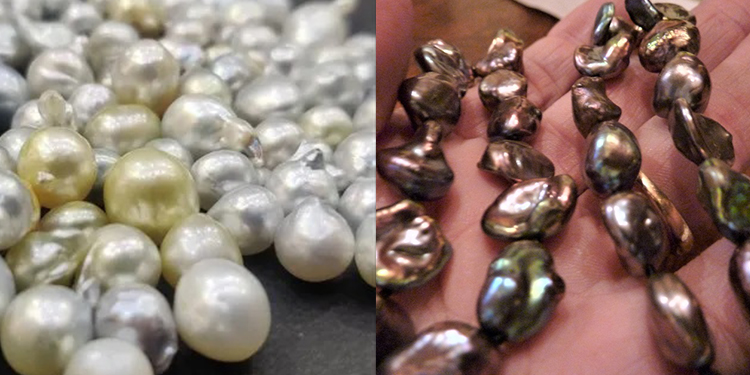
- These have a larger size.
- They are more durable than freshwater pearls.
- You may wear them while showering/swimming.
Cons
- These are more expensive.
- The pearls have limited colors and shapes.
Conclusion
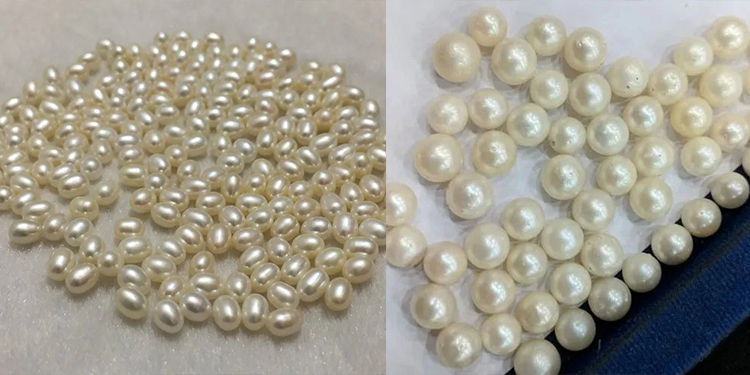
Freshwater and saltwater pearls have many differences, as seen here. From size to cost to availability on the market, they set themselves apart in every way. Freshwater pearls are probably the best bet for those looking for something classic but with a subtle twist. Saltwater pearls offer something unique and high-end that would fill any jewelry lover's dreams. With all their fascinating features, fresh and saltwater pearls make a lovely addition to anyone's collection.


+K1001+L100-1-700x700.jpg)
+K1001+L100-2-700x700.jpg)
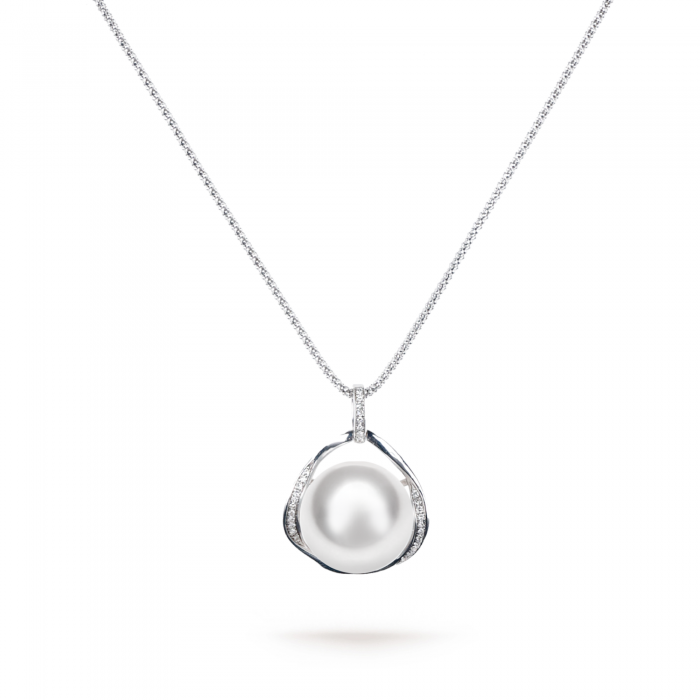
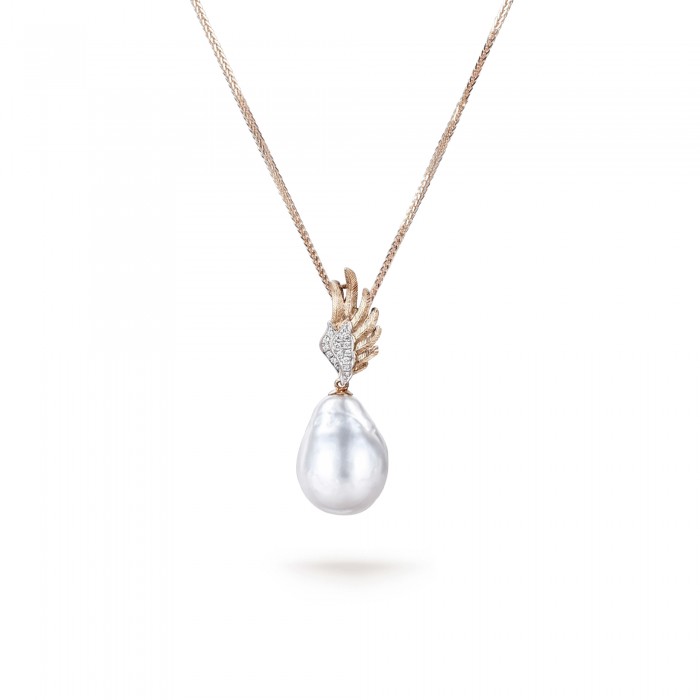
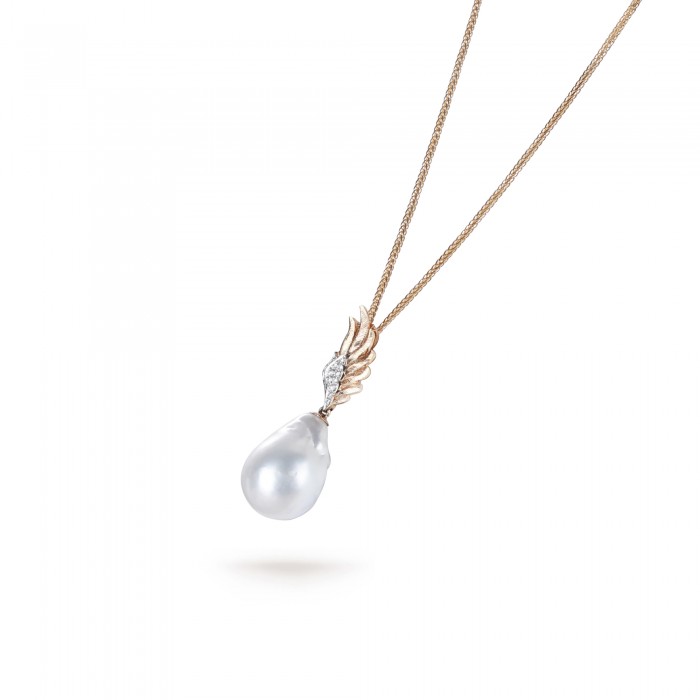
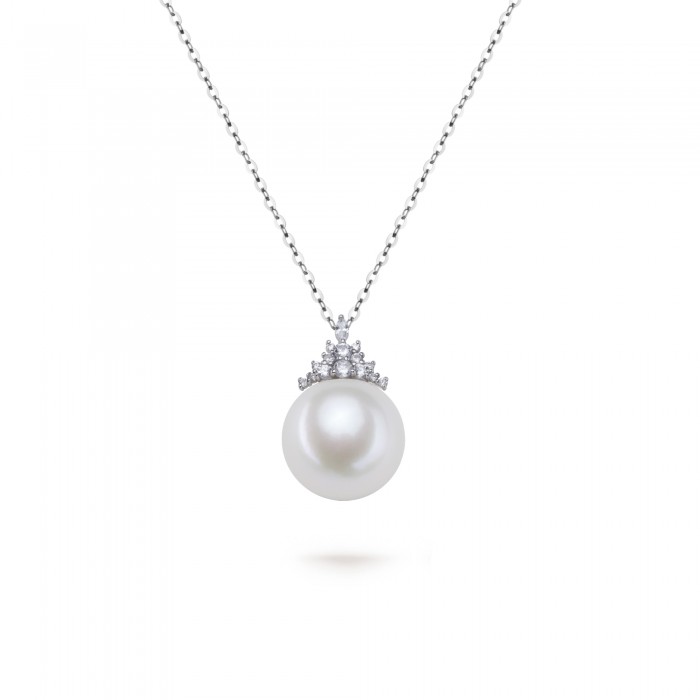
Leave a Comment